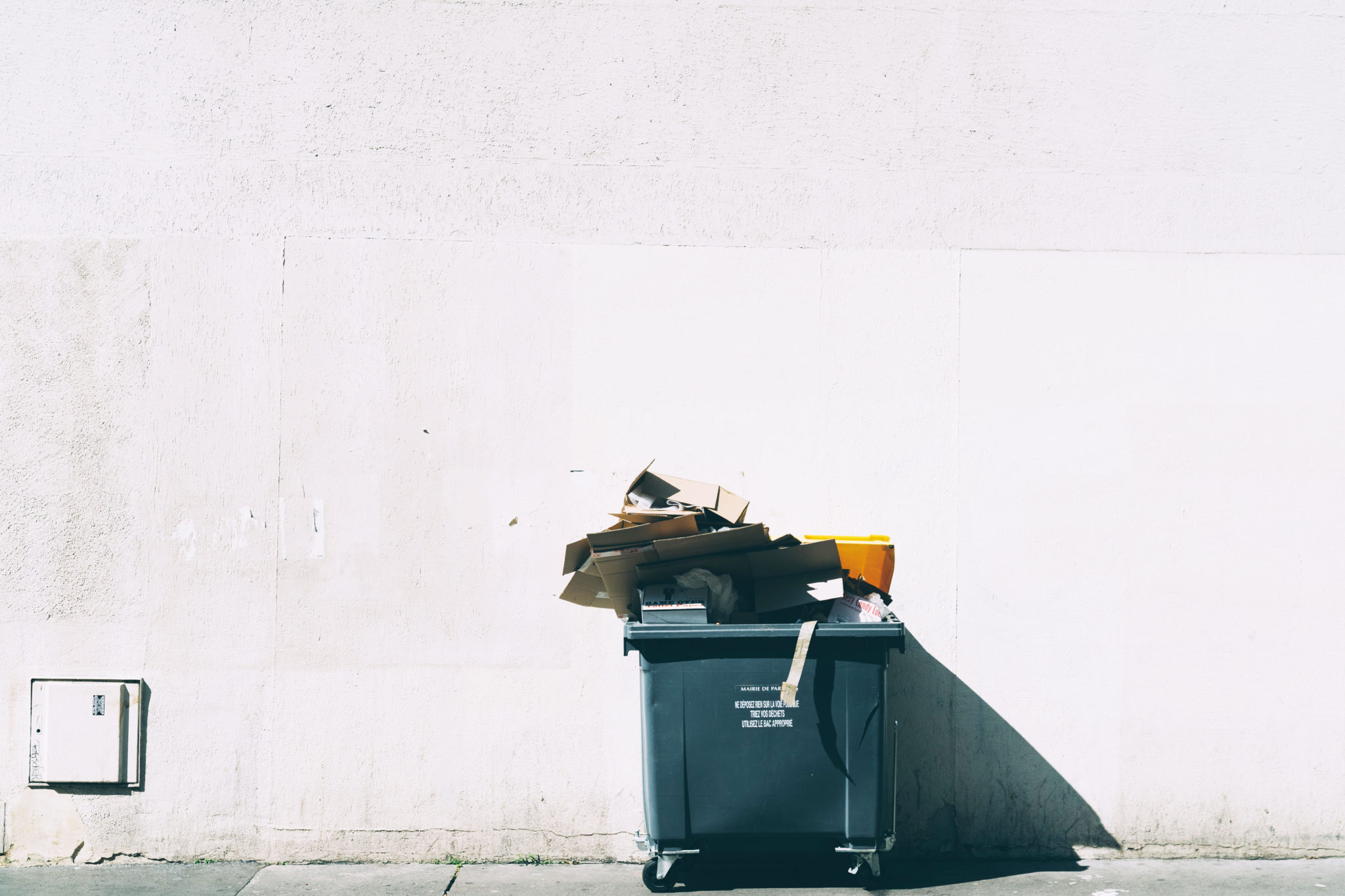Starting in 2022, changes in the Spanish waste law will force the fashion industry to update on reuse and recycling. For the companies in the textile sector, it’s important to find out the keys to the new legislation in order to create a waste management plan that allows the fashion industry to adapt efficiently to changes in the Law on Waste and Contaminated Soils.
To make it easier for brands to adapt to this new regulation, we need to define what the objective of this bill is and how it will affect the textile sector in Spain.
The new legislation seeks the efficient use of natural resources in order to contribute to the fight against climate change and protect the marine environment.
Its main goal is the minimization of waste. This new legislation seeks the efficient use of natural resources in order to contribute to the fight against climate change and protect the marine environment. But how will the new waste law be applied in the fashion industry? These are the three decisive measures that will drive textile circularity:
- After the entry into force of the law, the destruction of unsold items will be prohibited.
- Separate collection of post-consumer textile waste should be done before 2025.
- At least 55% of the waste must be reused or recycled.
The update of the Law on Waste and Contaminated Soils implies major changes in the regulations applied so far in the fashion industry in Spain. At BCOME we want to draw up a roadmap to walk with brands in compliance with this new legislation.
1. Prevention of waste generation in the fashion industry
The saying goes, prevention is better than cure. According to the European Commission, 80% of the environmental impact of products is defined in the design phase. In this first stage it’s possible to create a product 100% recyclable through the use of materials without mixed compositions, the use of single color, limitation in finishes, in addition to the use of easily separated elements. The circularity of the product achieved through eco-design together with the development of sustainable production models that consume resources efficiently and lead to durable, repairable and reusable products will translate into a significant reduction in non-recoverable waste.
According to the European Commission, 80% of the environmental impact of products is defined in the design phase.
2. Management of textile waste
One of the most repeated concepts in the new regulation is the “recovery of waste”, that is, the treatment of waste that allows it to be reintroduced into the production chain. In this sense, the use of technology is essential, since knowing the Material Circularity Indicator (MCI) of the product portfolio allows brands to have the information required to establish their chance of recycling.
However, the responsibility for waste doesn’t only fall on product development. Consumer awareness plays a very important role in the management of textile waste. The success of selective collection systems will largely depend on marketing strategies that encourage consumers to discard their garments properly. After-sales services that promote the repair and reconditioning of textiles will become an opportunity to minimize post-consumer waste.
However, the responsibility for waste doesn’t only fall on product development. Consumer awareness plays a very important role in the management of textile wast
3. Traceability of textile waste
Monitoring generated waste is an exercise in transparency that benefits brands. Knowing in detail the journey and processes that waste undergoes will allow brands to optimize their recovery system. This procedure is also essential due to the introduction of the eSIR electronic system, a platform where the record and control of waste management must be developed. This novelty won’t be difficult for brave brands that have already considered the traceability of the complete life cycle of their products.
At BCOME we can help professionals in the fashion industry to comply with the requirements set out in the waste law in order to be prepared for its approval. But above all, in order to promote sustainability in the textile sector and drive a circular economy through sustainable waste management.







